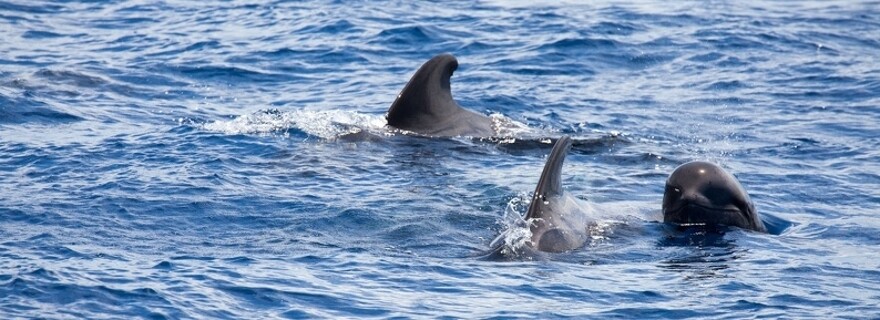Human activity at sea makes a terrible racket. To what extent does this disturb marine animals? PhD candidate Annebelle Kok studied the effect on harbour porpoises, long-finned pilot whales and their prey, and discovered the sheer complexity of the problem. PhD defence on 12 November.


The days when the sea was the preserve of fish, crabs and dolphins are long gone. In many submarine areas, there is a constant backdrop of noise: ships chugging, the thud of pile driving for offshore wind farms and the boom of seismic oil-reserve surveys. Human influence is omnipresent, and above all audible.
For her dissertation, biologist Annebelle Kok researched the effect of all this human noise on different marine mammals and their prey. Does the noise change the hunting and flight behaviour of these predators and their prey change? And if so, can this disturb the balance of the ecosystem, and as a worst-case scenario, lead to species extinction?
To answer these you first need to know that long-finned pilot whales, harbour porpoises and other small toothed whales make sounds that enable them to ‘see’ under water. This is how they communicate with each other, for instance to attract a partner or chase away a competitor. But equally important: they use sound to find their prey. Any self-respecting harbour porpoise will gulp down 500 fish per hour, all found with the aid of echolocation.
The answer to Kok’s research questions is nuanced. Background noise does appear to change some interactions between predator and prey. Gobies – the favourite snack of the harbour porpoise – are much less alert to a threat if there is a lot of background noise. Kok and her colleagues discovered this by towing a dummy predator through Grevelingenmeer (see video below). This could mean that gobies in busy areas are an easier prey for harbour porpoises than their peers who live in relatively quiet waters.







































